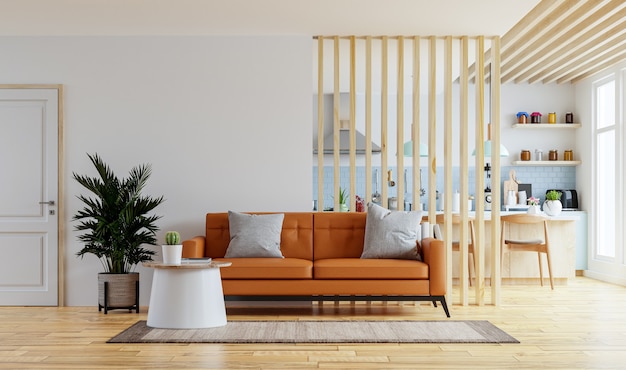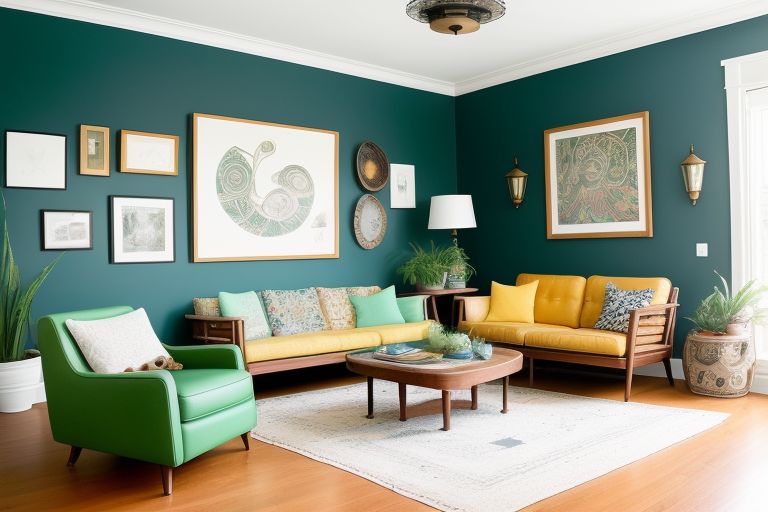How to Choose the Right Wall Art for Your Home
Selecting the right wall art for your home is not just about filling space; it's about curating an environment that reflects your personal taste, enhances the ambiance, and tells a story. Wall art can transform a room, bringing energy, color, and personality into your living spaces. Here, we delve into the considerations you should keep in mind to ensure your wall art choices are both aesthetically pleasing and deeply personal.
Understand Your Space
Before you start selecting pieces, consider the spatial dynamics of your room:
- Size of the Wall: Larger walls can handle grand, bold statements or a gallery wall where numerous smaller frames create a collective visual impact. Conversely, smaller walls or areas (like above a fireplace) might better suit singular, standout pieces.
- Height of Ceilings: High ceilings can often accommodate larger or vertical art pieces that make use of the vertical space, whereas rooms with lower ceilings might need horizontal or smaller works.
- Lighting: Natural light affects how art looks; brighter rooms can handle vibrant, colorful art, while darker or poorly lit spaces might require lighter, reflective artwork or strategic lighting to highlight the art.
- Placement: Consider where the art will be placed in relation to furniture and architectural elements. Art should interact with its surroundings, not fight against them.
Define the Room's Style
Each room can have its own personality, and the art should reflect or subtly contrast this:
- Modern Spaces: Look for art that features clean lines, geometric shapes, or abstract forms. Monochromatic or muted color palettes often work well.
- Traditional Settings: Here, classical arts like oil paintings, landscapes, or portraits can resonate well, adding a touch of sophistication.
- Eclectic or Boho Chic: This style loves freedom; mix and match different art forms, cultures, and periods for a layered, lived-in look.
Color Coordination
The color of your art should contribute to the overall mood:
- Harmonious Colors: Choose pieces that have colors in your space’s palette for a cohesive look.
- Contrast: If you're looking to make a statement, select art with contrasting colors that will draw the eye but still work with the room’s scheme.
- Neutral Backgrounds: If your walls are neutral, vibrant or colorful art can add a pop of color, whereas brightly painted walls might benefit from art that either matches or tones down the vibrancy.
Personal Connection
Art should resonate with you personally:
- Emotional Connection: Choose art that stirs an emotion or memory, be it joy, nostalgia, or inspiration.
- Thematic Choices: Reflect your hobbies, interests, or significant phases of your life through themed art, like travel photography, abstract art, or modern interpretations of classics.
- Artist or Series: Sometimes, the connection might come through following a particular artist or an art series over time.
Artistic Expression
Consider the artistic medium and style:
- Photography vs. Paintings: Photographic art offers realism or artistic capture of moments, while paintings can provide texture, depth, and a different interpretation of reality.
- Prints vs. Original: Originals hold more value and uniqueness, though high-quality prints can still offer stunning visual appeal and affordability.
- Abstract, Minimalism, etc.: The style of the art should speak to your taste but also live harmoniously with your home's design.
Placement Strategy
How you hang or place your art can change its impact:
- Eye Level Placement: Generally, the center of the art should be at eye level (around 57-60 inches from the floor).
- Create a Focal Point: Over a sofa, above a console, or as part of a gallery wall, art should command attention where it's most effective.
- Layering: Consider layering different types of art with smaller decorative items for depth and interest.
Before You Finalize Your Choice
Remember:
- Visualize the Space: Use apps or virtual staging tools to get a sense of how art might look in your home.
- Sample Before Buying: If possible, bring artwork home or borrow it to see how it fits within your space under different lighting conditions.
- Seek Advice: Art consultants or interior designers can offer expert advice if you're looking to make significant or expensive investments in art.
The right wall art not only decorates but defines your space. It's a reflection of your journey, passions, and the mood you wish to set in your home. By considering size, style, emotion, and placement, you can make informed choices that will enrich your living environment with beauty and meaning. In the end, your home should feel like a sanctuary that speaks volumes about who you are, crafted not just by the furnishings, but by the art you live with every day.



